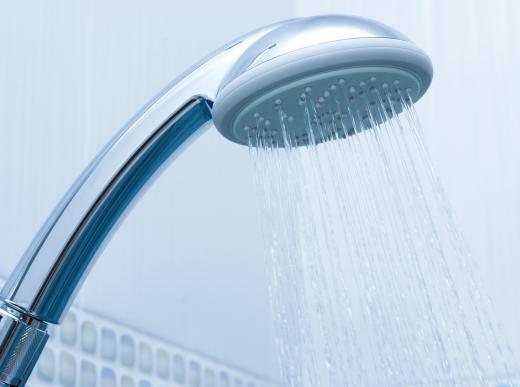Residential houses come in so many shapes, sizes and designs that it would be next to impossible to categorize them all. The plumbing within those walls, however, is much simpler to break down. In fact, there are only two main types of residential plumbing. Series home plumbing and branched plumbing both bring water to sinks, toilets and showers, but in different ways. Each has its benefits and concerns for a plumber, but both can be easily tested to determine what type is in a given home.
A series type of residential plumbing is by far the simplest method found in homes with multiple fixtures. In this system, cold water comes from the ground supply and hot water comes from the hot water heater and both are sent through separate pipes, but side-by-side. These pipes run cold and hot water to the nearest fixture, and the same pipes run to the next fixture, and to the next fixture and so on. The simplicity of this system makes it much easier to fix for a plumbing contractor, because detecting issues, like leaks, is only a process of elimination because all water lines are connected. The main drawback of a series residential plumbing system is that it can take a long time for the furthest fixture from the water heater to get its water.

A branched residential plumbing setup can take on a variety of different designs, but all share a similarity of hot and cold pipes splitting into different directions. An example of this would be a home where the the hot and cold come from the same place but split off to strictly create a series for the first floor and split off in another direction to create a separate series for the upstairs fixtures. This method is seen as more efficient for providing water to far away features, like an upstairs sink. This setup also makes repairs more complicated for plumbers.

Testing a home to determine what type of residential plumbing setup it has is simple. First, turn each water outlet on individually to see how long it takes for hot water to reach there. Second, allow each to cool and turn on the furthest sink from the water heater. Next, turn it off and then cycle through the fixtures again, if hot water arrives faster, the home has a series setup, if there is no change it is a branched system.
